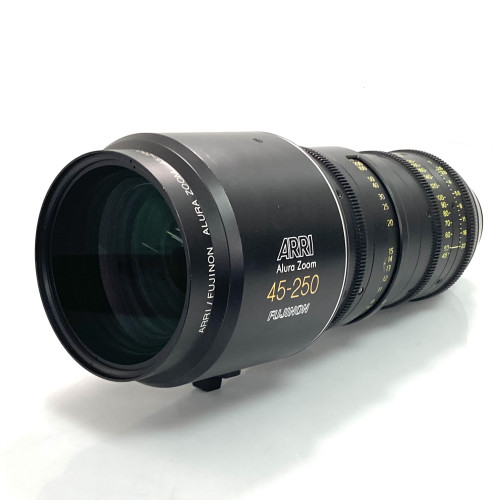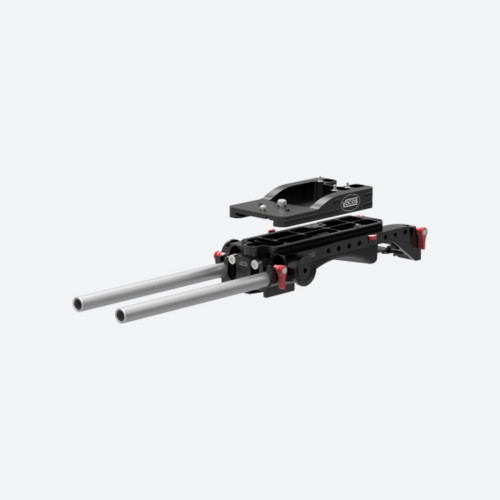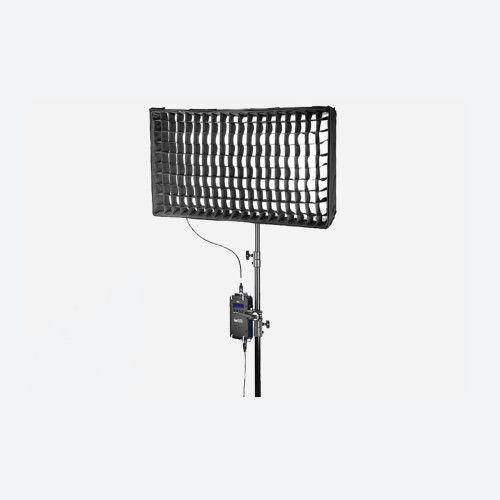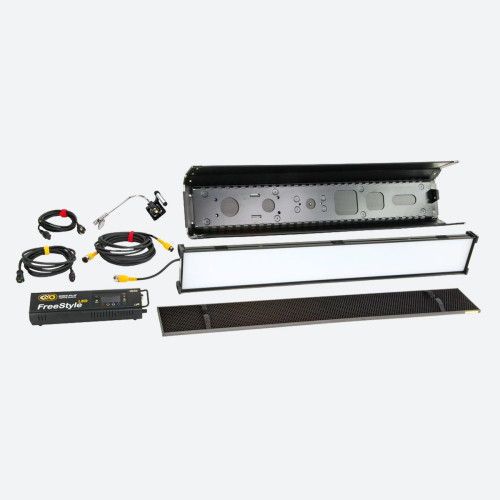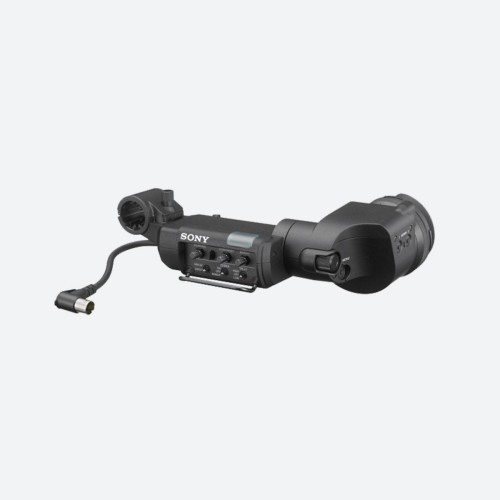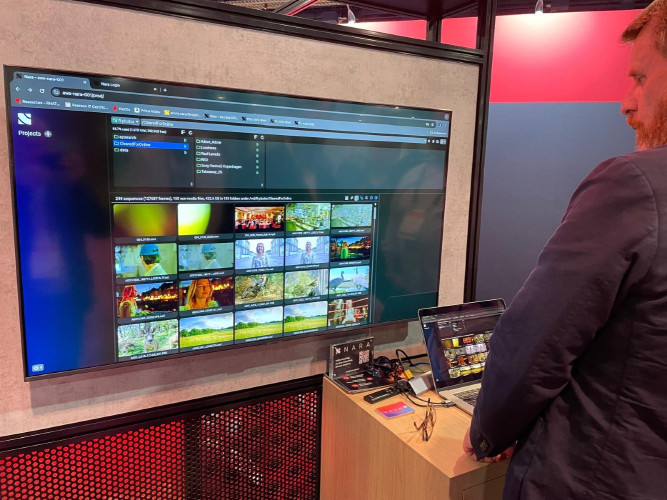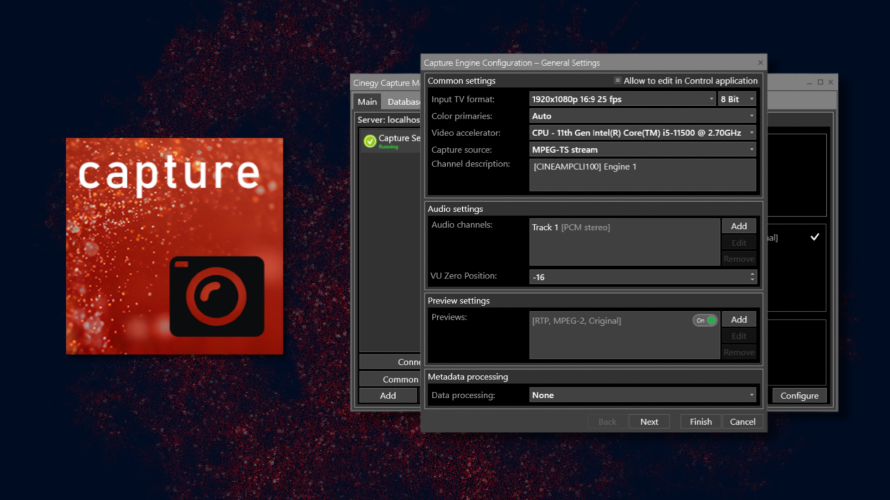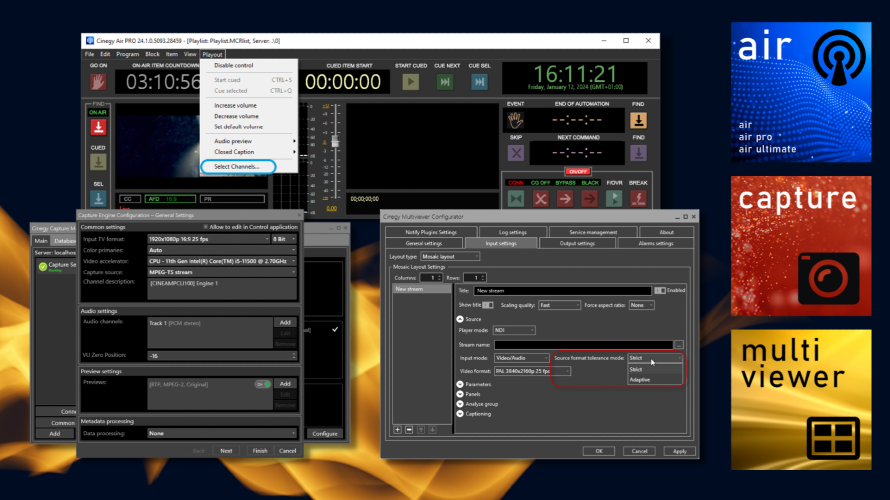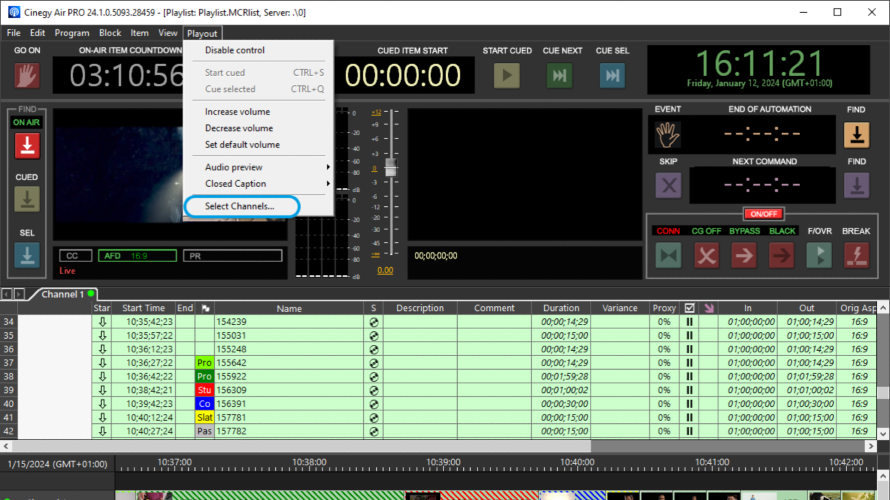by Lewis Kirkaldie Issue 97 - January 2015
I\'ve been watching the prospect of subscription-based tools with interest. I talk to customers a lot, and they too are monitoring the situation. Some can see advantages; others are wary.
I think it depends very much on what the tool is. Being able to switch a service on and off is attractive for some applications. I can see that a particular set of video effects, for example, could be vital for a production and previously it was hard to justify a purchase for a one-off job. If you only pay for the time you use it, that is good.
For longer term use, though, I still see financial directors being wary. The numbers might look good for two or three years. But we all know that broadcast assets are not used like that: we have a habit of making them sweat for seven years or even 10. That makes a one-off purchase price - the capital case we are all used to - more attractive.
Our business is in asset management, and so we fall at the long-term end of the spectrum. And that raises another important issue.
The deal with subscription-based tools is that you give the supplier a little bit of money each month, and in return the vendor maintains it, adding new capabilities and functionality as required. In effect you get a rolling programme of upgrades.
That is great in our example case of the video effects software. There are new cameras with new resolutions and codecs coming along all the time, so you need constant maintenance to support them. Similarly, designers and artists will ask for new effects, new functions, and you can expect to see those in the rolling upgrades, too.
That is exactly what you do not want in asset management. The art is to design the system to meet your needs in the first place, then do nothing that will change its functionality over its lifetime, except where users need additional connectivity. You define your metadata, then just keep adding content. So again the subscription model is not a good fit.
You could argue, though, that there is now an application which needs short-term asset management, and therefore could work on the subscription model. Some productions amass so much content that they need relatively sophisticated asset management tools.
I am thinking now of reality and game shows. Think of programmes where celebrities learn to dance/skate/pommel horse. Thousands of hours is shot in training rooms and celebrity back stories. That content is used by many different parts of the production, so needs to be carefully catalogued so the many different editors can find new ways to tell a story.
Then you get to the final, a winner is crowned, everyone goes off to the wrap party, and the assets and their management is forgotten. If the series gets recommissioned, you want to know that you can find what happened last time. It may be five years down the line, but do you really want to risk the easy wins of creating content from the back catalogue.
Yes, you could rent asset management on the programme budget and stop paying the subscription the week after the last episode is transmitted. But that means the archive just gets washed away. There really is no substitute for a permanent asset management system which is carefully managing the data and ensuring everything is preserved. There may even be a new business opportunity in providing the data warehousing for programmes currently off air but which may come back.
Subscription-based tools will undoubtedly have an impact in broadcasting. But I do not see them taking over in every department.




